No, an electric motor cannot run a generator to power itself indefinitely. While an electric motor can drive a generator, the energy produced by the generator will always be less than the energy required to run the motor due to inherent inefficiencies and losses in the system.
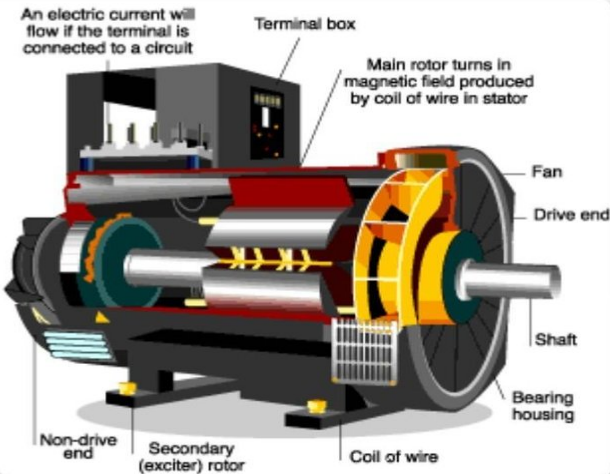
Basic Principles of Electric Motors and Generators
How Electric Motors Work
Electric motors play a pivotal role in modern society, powering everything from household appliances to large industrial machinery. Their primary function is to convert electrical energy into mechanical energy.
- Construction and Components
- Stator: This is the stationary part of the motor, which provides a constant magnetic field.
- Rotor: The rotating component of the motor, which is acted upon by the magnetic field to produce rotation.
- The Principle of Operation Electric motors operate based on the interaction between the magnetic fields produced by the stator and the rotor. When an electric current flows through the rotor, it generates its magnetic field.
- Types of Electric Motors
- DC Motors: These are powered by direct current, like that from a battery.
- AC Motors: Powered by alternating current, they are the most common type found in household appliances and industrial equipment.
For a more detailed exploration, you can visit Electric Motor Wikipedia page.
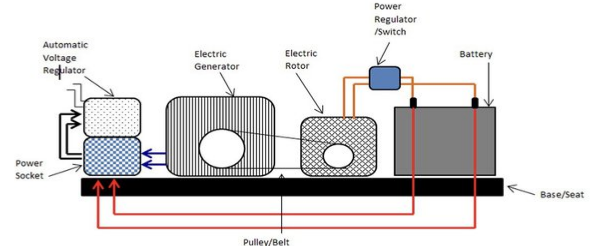
How Generators Produce Electricity
Generators, in contrast to electric motors, convert mechanical energy into electrical energy. They are the backbone of power production, ensuring our lights stay on and our devices remain charged.
- Construction and Components
- Armature: This is the component where electricity is generated, typically made up of coils of wire.
- Field Magnets: These are magnets that are used to produce the required magnetic field.
- The Principle of Operation Generators work based on Faraday’s Law of Electromagnetic Induction. When a coil (armature) rotates in a magnetic field, it induces an electromotive force (EMF). This induced EMF results in the flow of electric current, producing electricity.
- Types of Generators
- DC Generators: Produce direct current.
- AC Generators (or Alternators): Produce alternating current and are widely used in power plants.
The Idea of Self-Sustaining Systems
Historical Attempts at Creating Perpetual Motion Machines
The dream of a perpetual motion machine – a device that can run indefinitely without an external energy source – has fascinated thinkers, inventors, and scientists for centuries. Such a machine would revolutionize energy systems and provide infinite power, eliminating the need for fuel or external input.
- Early Concepts and Designs
- Leonardo da Vinci’s Studies: Despite sketching numerous mechanical concepts, Leonardo was skeptical of the possibility of true perpetual motion.
- Bhaskara’s Wheel: An ancient Indian design that used tilted vials of mercury, intending to maintain constant motion.
- Overbalanced Wheels: Various designs through the centuries have tried to utilize weights in specific configurations, hoping the wheel would forever turn on its own.
- Prominent Figures and Their Attempts Many inventors, including Johann Bessler (Orffyreus) and Robert Boyle, proposed designs, but none could demonstrate a truly self-sustaining machine.
For deeper insights, consult the Perpetual Motion Wikipedia page.
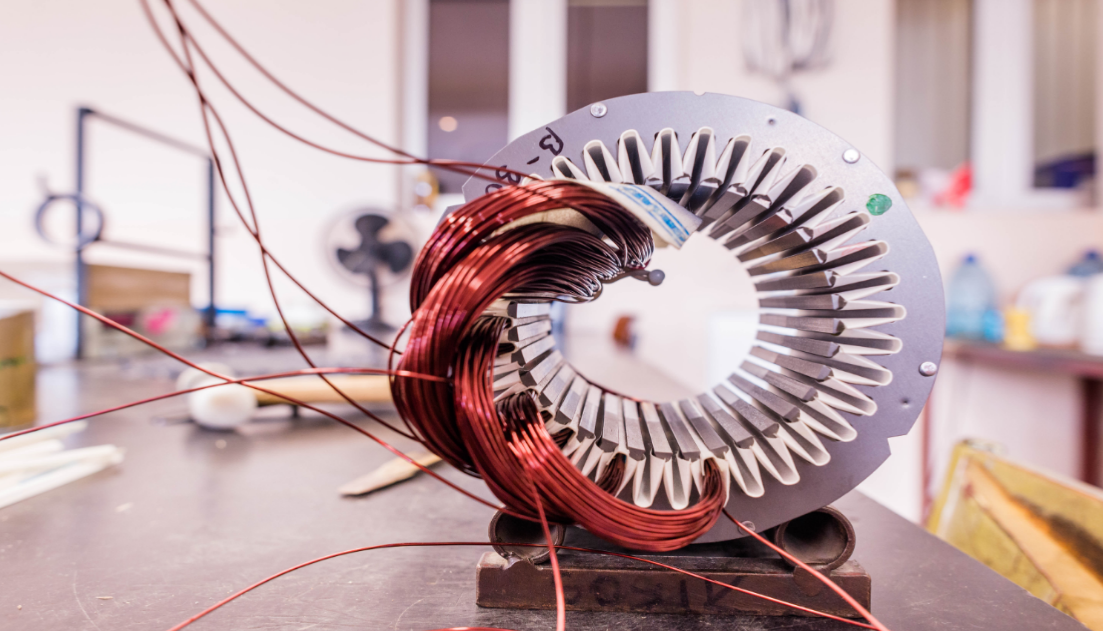
Challenges and Limitations
While the idea of perpetual motion and self-sustaining systems is captivating, they confront numerous challenges rooted in fundamental physics.
- Laws of Thermodynamics
- First Law (Conservation of Energy): Energy cannot be created or destroyed; it can only change forms. This principle counters the premise of a machine that produces more energy than it consumes.
- Second Law: Energy systems tend towards increased entropy. In simple terms, no machine can be 100% efficient; there will always be energy losses, mainly as heat.
- Mechanical Friction and Air Resistance All machines experience some form of friction, which inevitably converts mechanical energy into heat, thus reducing the system’s efficiency.
- Material Degradation Over time, materials wear down, erode, or corrode, leading to diminished performance and eventual breakdown.
- False Claims and Frauds Over the years, many inventors have claimed success but were later debunked. Such false claims have only added skepticism to the field.
Energy Conversion and Losses
The Role of Efficiency
Efficiency is a pivotal metric when assessing the performance of any energy system.
- Why Efficiency Matters
- Economic Implications: More efficient devices can result in significant cost savings over time, as less energy is wasted.
- Environmental Concerns: Higher efficiency often translates to reduced greenhouse gas emissions and a smaller carbon footprint.
- Optimal Device Performance: Efficient devices tend to have longer operational lifetimes and require less maintenance.
- Efficiency Benchmarks
- Electric Motors: Modern electric motors can achieve efficiencies of up to 90-95% under optimal conditions.
- Generators: Typical commercial generators exhibit efficiencies between 70-90%, depending on their type and load conditions.
Explore more on the topic of Efficiency in Energy Conversion.
Sources of Energy Loss in Motors and Generators
Even the most advanced machines experience some form of energy loss. Understanding these sources is crucial for optimizing performance and sustainability.
- Mechanical Friction Mechanical parts in motion, such as bearings and brushes, create friction, leading to energy loss primarily as heat.
- Electrical Resistance As current flows through conductors, it encounters resistance, resulting in a loss in the form of heat.
- Eddy Current Losses In magnetic components, such as the core of motors and generators, circulating currents called eddy currents can form, leading to energy loss.
- Hysteresis Losses This loss occurs due to the resistance of magnetic materials to changes in the magnetic field.
For a deep dive into the sources of energy losses, see Energy Loss in Electric Motors.
Thermodynamics and the Conservation of Energy
The laws of thermodynamics lay the foundational principles for understanding energy conversion and losses.
- First Law of Thermodynamics Often referred to as the conservation of energy, it states that energy cannot be created or destroyed, only transformed from one form to another.
- Second Law of Thermodynamics This law emphasizes that energy systems naturally progress towards a state of maximum entropy, meaning that some energy will always be lost in any conversion process.
- Implications for Energy Systems While we can strive for increased efficiency, no system can ever be 100% efficient due to the intrinsic principles laid out by thermodynamics.
Experimental Cases and Results
Past Experiments and Outcomes
Throughout history, numerous inventors and scientists have been lured by the idea of creating a machine that can run indefinitely, aiming to defy the established laws of physics.
- Leonardo da Vinci’s Skepticism While Leonardo sketched many machines in his notebooks, he didn’t believe in perpetual motion, emphasizing the impossibility of a self-sustaining machine due to inevitable energy losses.
- The Overbalanced Wheel Many inventors, from ancient times to the Renaissance, tried creating a wheel that, once set in motion, would keep turning indefinitely due to its design and distribution of weights. However, all attempts failed to sustain continuous motion.
- The Futility of Closed Systems Numerous experiments throughout the 18th and 19th centuries sought to create closed systems where energy could be recycled indefinitely. These experiments often ended in disappointment, reinforcing the understanding of thermodynamic laws.
Find more intriguing historical attempts on the History of Perpetual Motion Machines page.
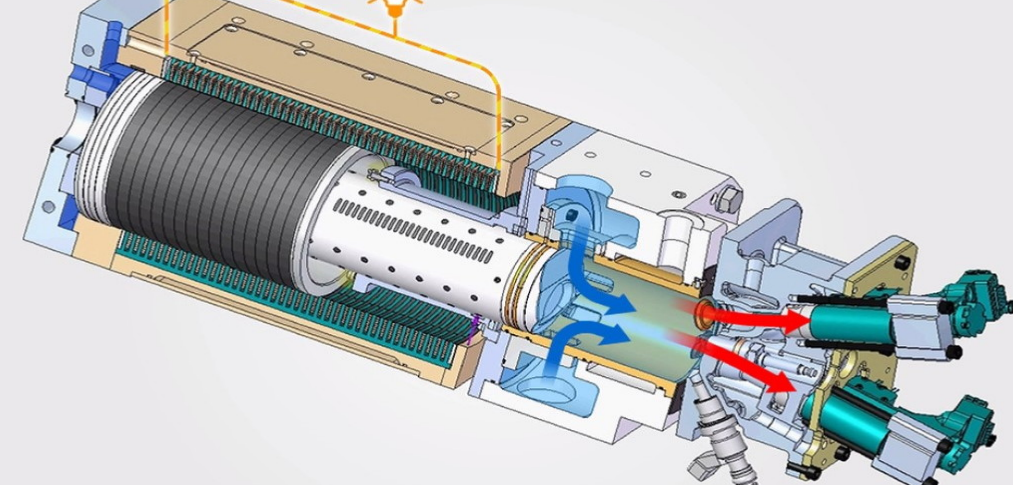
Modern Day Investigations
While the allure of perpetual motion has waned among serious scientists due to our understanding of thermodynamic laws, modern investigations have focused more on maximizing efficiency and discovering novel energy sources.
- Quantum Mechanics and Energy Some researchers are exploring the peculiarities of quantum mechanics, where particles can seemingly borrow energy temporarily, to understand any potential application for energy production.
- High-Efficiency Motors and Generators Modern research has achieved motors with efficiencies above 95% and generators that can operate at over 90% efficiency under optimal conditions.
- Alternative and Renewable Energy Sources Today’s investigations are primarily directed towards harnessing energy more sustainably, with solar panels, wind turbines, and hydroelectric plants being at the forefront. These technologies aim to capture and convert natural energy sources with minimal losses.
Practical Implications and Applications
Potential Benefits of a Self-Sustaining System
The idea of a truly self-sustaining system, if realized, would revolutionize our world in myriad ways. Here’s a look into the potential benefits:
- Infinite Energy Supply Self-sustaining systems would provide an unending source of power. This would drastically reduce our reliance on finite resources like fossil fuels.
- Reduced Environmental Impact If devices could run indefinitely without needing external energy inputs, it could lead to significant reductions in greenhouse gas emissions, aiding in the fight against climate change.
- Economic Advantages Continuous energy production without recurrent costs would lead to massive savings, potentially driving down the costs of goods and services.
- Technological Advancements An endless power source would pave the way for new technologies and innovations, potentially enabling developments we haven’t yet imagined.
For a theoretical exploration of such benefits, the Perpetual Motion Wikipedia page offers perspectives.
Why It’s Not Used in Modern Technology
Despite the tantalizing benefits, there are fundamental reasons why self-sustaining systems don’t find a place in today’s technology.
- Violation of Thermodynamic Laws A machine that can run indefinitely without energy input violates the first and second laws of thermodynamics, which have stood rigorous empirical testing over time.
- Inefficiencies are Inevitable Every known process or machine has inherent inefficiencies, be it from friction, electrical resistance, or other energy losses.
- Material Constraints Materials degrade over time.
- Historical Failures Serve as Lessons Past attempts at creating perpetual machines have consistently failed, serving as empirical evidence against the feasibility of such devices.
- Focus on Sustainable Alternatives Modern research priorities lean towards harnessing renewable energy sources like wind, solar, and hydro, which, while not perpetual, offer a sustainable path forward.
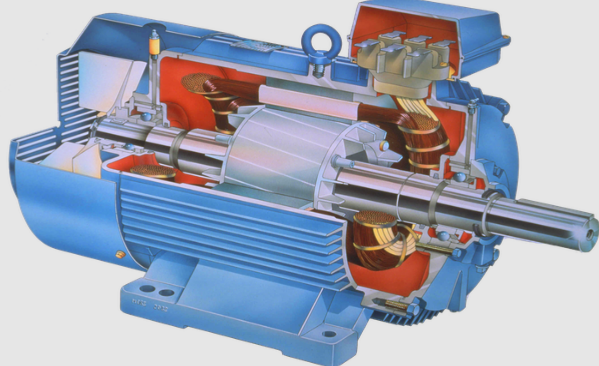
Alternative Energy Solutions
Renewable Energy Sources
As global awareness of the environmental and economic challenges tied to fossil fuels grows, renewable energy sources have surged in prominence as alternatives.
- Solar Power Solar panels, or photovoltaic cells, capture sunlight and convert it directly into electricity. With decreasing costs and increasing efficiency, solar energy is becoming a leading solution for many regions.
- Wind Energy Wind turbines harness the kinetic energy of moving air to produce power. Wind farms, both onshore and offshore, are expanding globally as a clean energy source.
- Hydropower By using the potential energy of water stored at height, hydroelectric dams convert this energy into electricity as water flows downward, turning turbines in the process.
- Geothermal Energy The Earth’s core is incredibly hot, and geothermal energy taps into this heat source by utilizing steam from underground reservoirs to power turbines and produce electricity.
- Biomass and Biofuels Organic materials, like plant matter and waste, can be used either directly as fuel or converted into biofuels for energy production.
Discover more about these sources at the Renewable Energy Wikipedia page.
Energy Storage and Management
Storing and managing energy efficiently is crucial for addressing the intermittency of some renewable sources and ensuring a steady power supply.
- Battery Technology Advanced battery technologies, such as lithium-ion and solid-state batteries, offer increasing storage capacities and longer lifespans, making them vital for both renewable energy systems and electric vehicles.
- Grid Energy Storage Solutions like pumped-storage hydroelectricity store excess energy during low demand periods and release it during peak times, helping stabilize the grid.
- Smart Grids These use information technology to optimize electricity production, distribution, and consumption, making the entire system more responsive and efficient.
- Demand-Side Management This involves strategies to reduce energy consumption during peak times, such as incentivizing reduced energy use or shifting consumption to off-peak periods.
- Energy Efficiency Measures From LED lighting to energy-efficient appliances, optimizing the energy we use can reduce overall demand and complement renewable energy sources.
